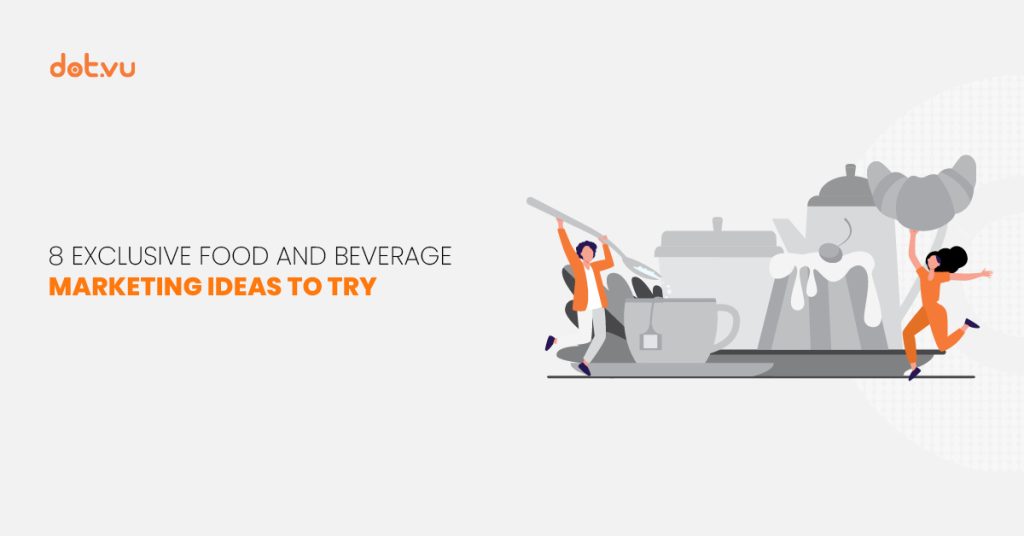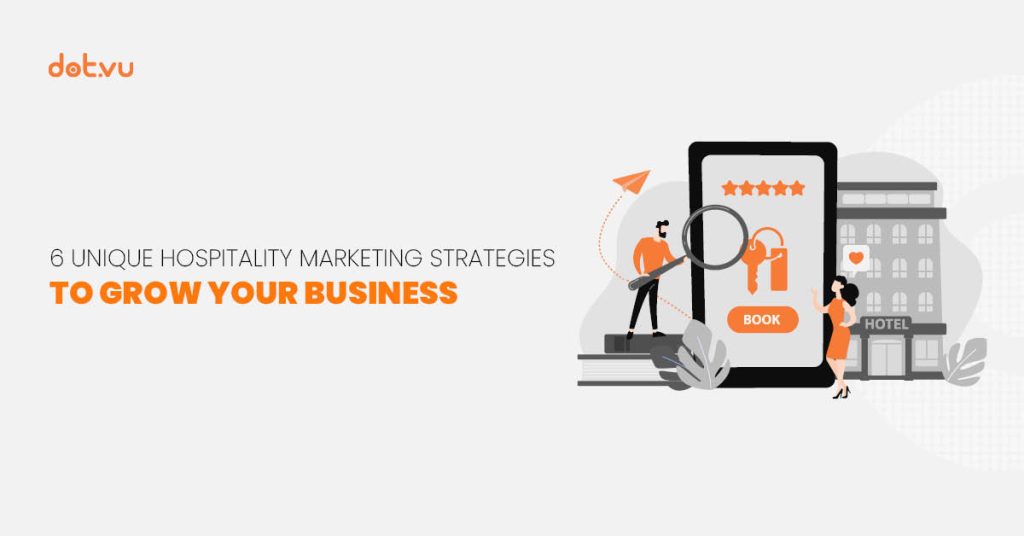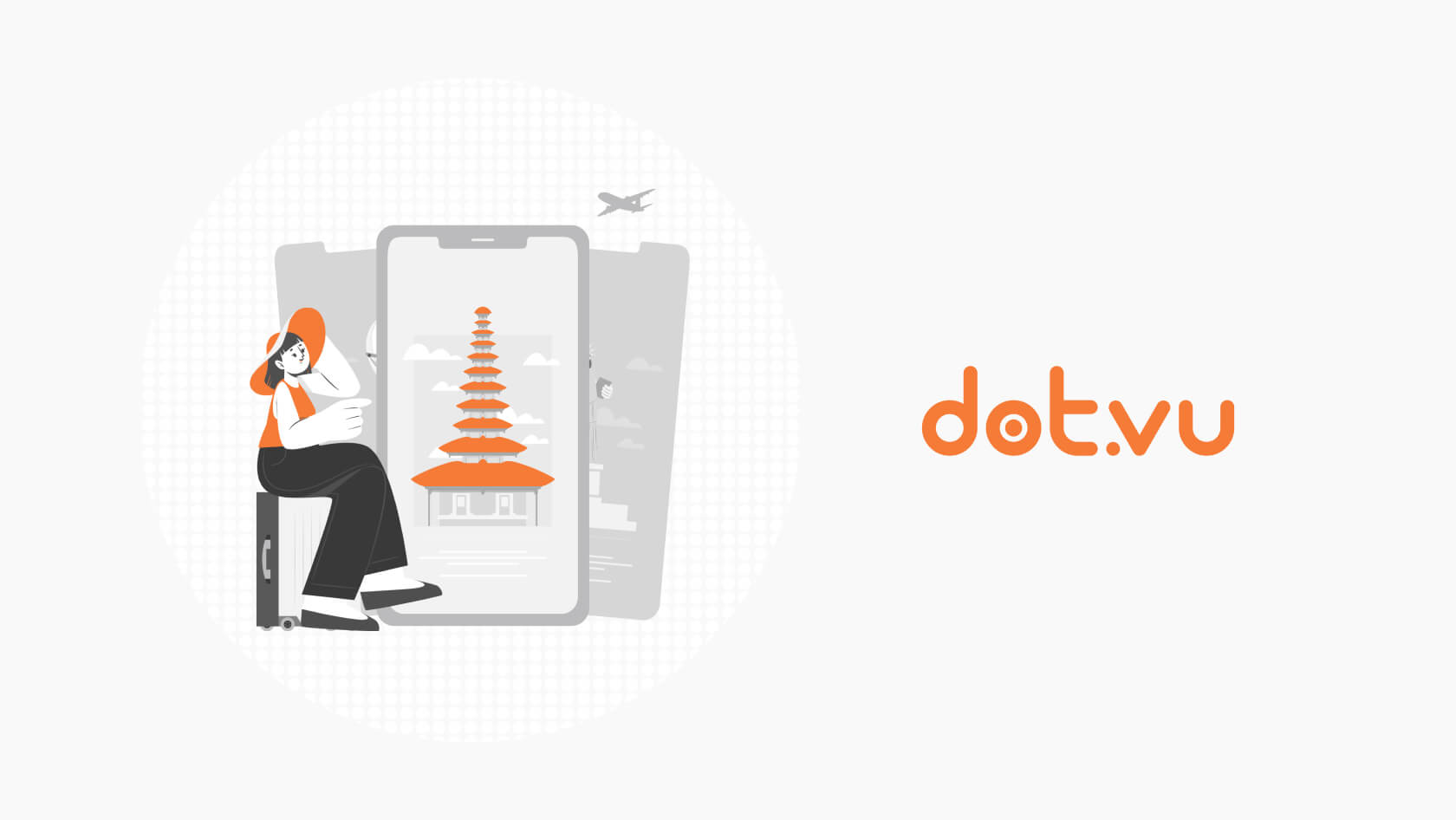
In today’s post-pandemic world, the tourism industry has faced new challenges and opportunities, making a well-designed tourism marketing strategy crucial for businesses to attract visitors and stay competitive. With changes in consumer behavior, travel restrictions, and safety concerns, tourism businesses must adapt their marketing strategies to stand out in a highly competitive market. A strong marketing strategy is essential for attracting and retaining customers, but with so many options available, it can be difficult to know where to start.
It is more important than ever for tourism businesses to focus on effective marketing strategies to capture a share of the growing market. Studies show that in 2021, the travel industry ad expenditures have grown by 24% compared to 2020. This growth is expected to continue in 2022 with an estimated 36% increase. Followed by slower but still strong growth of 19% in 2023.
One increasingly popular approach is to incorporate Interactive Experiences into your strategy. Interactive Experiences involve engaging with customers in a two-way conversation; rather than simply pushing information at them. This can include quizzes, contests, and Product Finders that encourage customers to participate actively in the marketing process.
Interactive Experiences not only help create a memorable experience for customers but also provide valuable insights into their preferences and behaviors. By collecting data through interactive marketing, businesses can gain a better understanding of their target audience and tailor their communication strategies accordingly.
In this blog post, we will explore six Interactive Content templates that can help improve your tourism marketing strategy and stand out in a crowded market. These templates have been specifically designed to address the unique challenges of the post-pandemic tourism industry and can be customized to meet the needs of your business.
Table of contents:
What is tourism marketing?
Marketing in tourism refers to the process of promoting and selling travel-related products and services to potential customers. It involves understanding customer needs and preferences, identifying target markets, developing compelling marketing messages, and using various channels to reach and engage customers.
Tourism marketing aims to reach the right audience with the right message at the right time, to encourage them to choose a specific destination, product, or service. Effective tourism marketing requires a deep understanding of the travel industry, including trends, competition, and consumer behavior.

Importance of tourism marketing
Tourism marketing plays a crucial role in promoting destinations, attracting tourists, and generating revenue for the industry. Did you know that more than 80% of travelers consult online travel sources before booking a trip? Digital marketing allows tourism businesses to effectively showcase their unique offerings and communicate their value proposition to potential customers. By understanding the needs and preferences of their target audience, tourism businesses can tailor their marketing efforts to attract the right customers and increase the likelihood of conversion.
Moreover, an effective tourism marketing strategy can attract new customers and foster loyalty among existing ones. By offering personalized experiences and building customer relationships, tourism businesses can create a loyal customer base that returns year after year. Repeat customers not only provide a reliable source of revenue but also serve as brand ambassadors, promoting the destination or business through word-of-mouth and social media.
In short, tourism marketing is essential for:
- Attracting and retaining customers
- Generating revenue
- Building brand awareness and
- Maintaining loyalty in the highly competitive tourism industry.

Understanding your target audience
The tourism industry is one of the fastest-growing industries worldwide. With the increasing competition in the sector, understanding your target audience has become critical to creating an effective marketing strategy. Without a clear understanding of your audience, it can be challenging to communicate with them effectively and convince them to choose your products and services over those of your competitors.
The tourism industry is diverse and caters to different types of customers, from budget-conscious travelers to luxury-seeking adventurers. As a result, it is crucial to identify your target audience to ensure that you tailor your messaging and offerings to their specific needs and interests. Doing so can increase the likelihood of conversion and brand loyalty, ultimately leading to increased revenue and growth.
Ways to identify your target audience:
- Analyzing demographics: Demographics are quantitative data that provide information about the characteristics of your target audience. These characteristics may include age, gender, income, location, education, and occupation. By understanding the demographics of your target audience, you can tailor your marketing efforts to their needs and preferences.
- Analyzing psychographics: Psychographics are qualitative data that provide information about your target audience’s personality traits, values, attitudes, interests, and lifestyle factors. This information is often more challenging to obtain than demographic data, but it is equally essential to understanding your target audience. By understanding psychographics, you can create a more detailed profile of your ideal customer.
Understanding your target audience can help you identify untapped market opportunities, improve customer satisfaction, and create more efficient use of resources, resulting in a more successful business overall.
Related: How to make an Interactive Travel Guide?
Develop a strong brand identity
Branding plays a crucial role in helping tourism businesses stand out in a highly competitive industry. Moreover, a strong brand identity can help a business differentiate itself from competitors, attract and retain customers, and ultimately drive revenue.
Here are some tips for creating a strong brand identity:
- Conduct market research. Conduct market research to gain insights into your target audience’s preferences and behaviors. By using this information to tailor your branding and messaging, you can appeal to your ideal customer.
- Develop a unique selling proposition (USP). Your USP should communicate what sets your tourism business apart from competitors. Identify the specific benefits that your business offers to customers and highlight these in your branding. For example, your USP could be your location, the unique experiences you offer, or your commitment to sustainability.
- Create a memorable visual identity. Your visual identity includes elements such as your logo, color scheme, typography, and imagery. These elements should be consistent across all marketing materials and convey your brand’s personality and values. Choose a color palette and font that reflects your brand’s identity and values. Your logo should be simple, unique, and easily recognizable.
- Develop a brand voice. Your brand voice should be consistent across all marketing materials, including your website, social media, and advertising. Develop a tone of voice that reflects your brand’s personality and values and use this consistently in all communications.
- Define your brand’s personality. Your brand personality is the human characteristics that your brand embodies. It should reflect your brand’s values and mission. Develop a brand personality that resonates with your target audience and is consistent with your business offerings.
- Be authentic. Authenticity is key to building a strong brand identity. Be true to your brand values and mission and avoid trying to be something you’re not. Customers can sense when a brand is not authentic, which can damage your reputation and drive customers away.
Related: 5 ways to create memorable customer experiences
Improve your tourism marketing strategy with Interactive Experiences
Interactive Experiences are an innovative way to engage with your audience and promote your brand in the tourism industry. Furthermore, implementing these tourism promotion ideas can not only help you to stand out in a highly competitive market and connect with potential customers in a more meaningful way.
Let’s dive into the eight different interactive templates that can be used for tourism marketing purposes. These templates are designed to encourage user engagement, generate leads, and ultimately increase sales.
Pro tip: Turn any of these examples into your own tourism marketing campaign. Simply create a free account to access our customizable templates!
1. Predict My Summer:
This template allows users to answer a few questions about their preferences and receive personalized recommendations for summer vacation destinations. It can be used to promote relevant products and services, such as hotel bookings and tour packages.

2. Scratch Card with Discount Codes:
This template offers users a chance to win a discount code for a product or service. As a result, users can engage with a brand and receive discounts on products and services, leading to increased sales.

3. Summer Sale Popup
This template displays your discounts and attracts potential buyers. If you have seasonal discounts on your travel packages, use this Summer Sale Popup for your website.
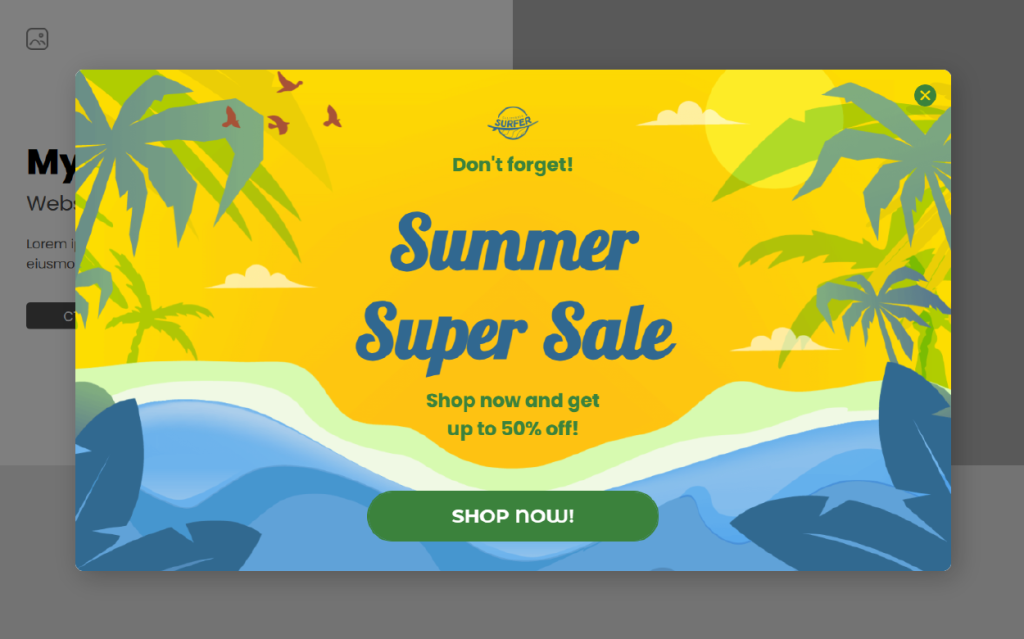
4. Travel Brochure
Help potential customers find and book exciting vacations. This Travel Brochure template lets you provide travelers with the details they need for their trip, browsing a visually stunning flipbook on their devices.
Related: Great travel brochure examples to attract more visitors

5. Personality Test and Opt-In:
This template collects user data by asking questions about their preferences and interests. It then offers personalized recommendations for travel experiences and can be used to promote relevant products and services.

Additionally, the success of the “What’s Your Call of the Wild” campaign by Dot.vu demonstrates the effectiveness of using interactive templates to collect user data and offer personalized recommendations. This campaign used a personality test to recommend adventure activities to users and increase in leads for the client. This shows the effectiveness of using interactive templates to collect user data and offer personalized recommendations.

6. Branching Product Finder:
This template helps users find the perfect travel experience by asking questions about their preferences and interests. Consequently, the use of this tool can be effective in promoting relevant products and services, thereby resulting in increased sales.
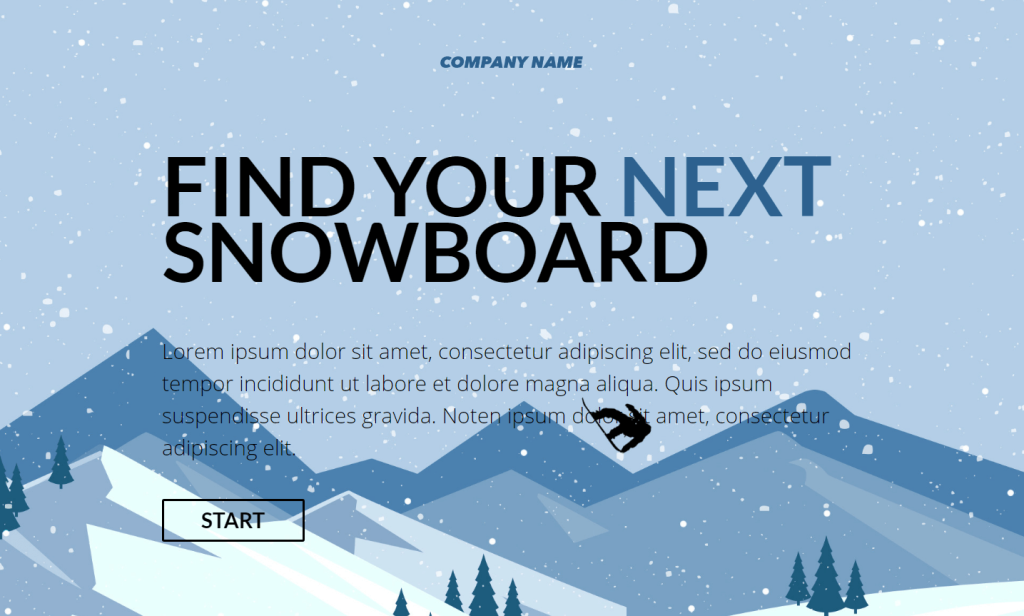
7. Product Assistant:
This template provides personalized recommendations for products and services based on user preferences.As a result, the use of this tool can promote relevant products and services, while also encouraging users to engage with a brand.
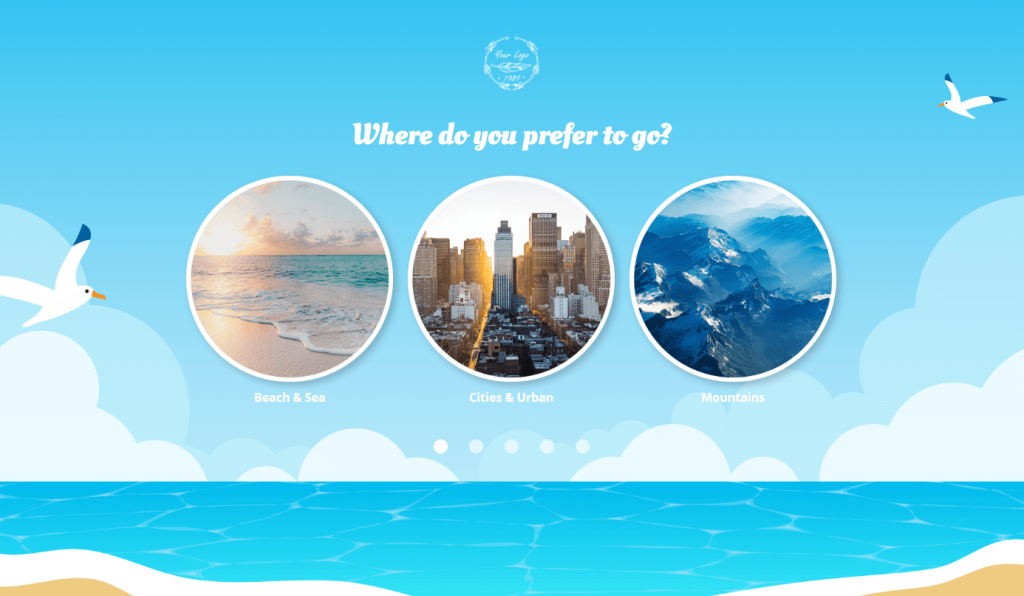
8. Selfie Contest:
This template encourages user-generated content by asking users to submit selfies taken at a specific location or event. It can be used to promote a brand or destination and increase engagement.
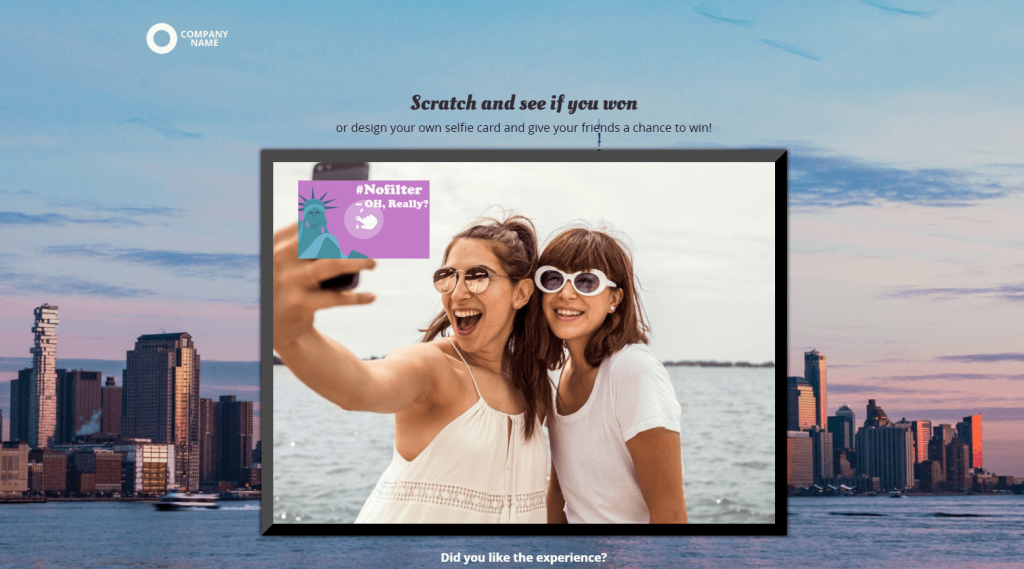
Related: Ways to repurpose content into Interactive Experiences
Ready to skyrocket sales in the tourism industry?
Standing out in the post-pandemic tourism industry can be a daunting task. However, by incorporating Interactive Experiences like the ones offered by Dot.vu, you can create a memorable experience for your customers, ultimately strengthening your tourism marketing strategy.
There’s more to it than just these six templates. Dot.vu offers a wide range of interactive marketing tools and templates to suit your specific needs and goals. With options for quizzes, surveys, Product Recommenders, and more, you can create a truly unique and personalized experience for your customers.
So why wait? Sign up for a free account today and start experimenting with Dot.vu’s Interactive Experience templates. With the right strategy and approach, this technique can help you build deeper connections with your target audience, stand out in a crowded market, and achieve long-term success in the tourism industry.
